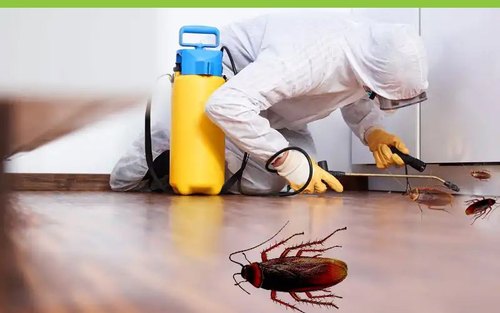In the food and beverage business, bugs have no place. Pest activity can result in prosecution and even the closure of a plant, in addition to harming the company’s brand.
However, pests can find a way into even the most secure facilities due to a combination of many causes, many of which are exceedingly difficult to regulate.
As a result, pest control businesses have invented newer scientific methods to prevent pests from entering such establishments. The emphasis is on putting in place an integrated approach that prevents pest infestations while simultaneously working to execute quick treatments if one is discovered.
This gives facility managers and SMBs in the food and industrial industries the much-needed peace of mind that their facilities are pest-free, allowing them to focus on their core business objectives.
Pests and their Types
Food and beverage production plants attract a wide range of pest species. However, the following are the most usually observed species:
Mice
Controlling rat infestations is a big difficulty for food processing facilities since rodents can eat through wire, insulation, paper, and other materials in addition to contaminating food with pathogens. There have been incidents of fires and short circuits caused by mouse activity, resulting in unnecessary costs.
Cockroaches
Cockroaches are one of the first pests to be drawn to food sources, and in the correct habitat, they can readily multiply. This makes controlling their infestations more difficult. Salmonella, dysentery, and cholera are just a few of the diseases that roaches can spread.
Flies
Flies are now known to transmit bacteria that are resistant to antibiotics, and they can be a major cause of contamination in food processing facilities. The majority of pest control firms offer specialist fly control programs to assist keep flies out of the building.
Ants
Ants are attracted to stored food products and are virtually undetectable until they begin to nest in the facility. Thousands of ant colonies have been discovered in food storage facilities.
Bedbugs
In the last two decades, bedbugs have made a strong comeback. According to a 2013 poll by the National Pest control Management Association and the University of Kentucky, 33% of pest control specialists have treated for bedbugs in hospitals, while 46% have treated for bedbugs in nursing homes. Although bedbugs do not transmit disease, their bites can create itchy, red welts, and their presence can cause anxiety and insomnia. Patients may get a secondary infection as a result of scratching the bites and producing skin trauma, which provides an access point for infection. Bedbugs and their eggs can readily be taken into a health care institution because they hitchhike in luggage, shoes, and on humans. Bedbugs are most commonly discovered in hospital beds, waiting room furnishings, and laundry rooms.
Pest Control Expertise
Each facility faces unique issues that necessitate a custom pest management solution that takes into account the type of threat (pest species), the food processing method (chilled or ambient), and the components utilized in the production process.
Controlling the flow of finished products from the producing unit to the storage facility without contaminating or exposing them to pests is another difficulty.
The majority of insect extermination businesses that specialize in industrial pest management operate on three primary concepts.
- Prevention
- Detection in real time
- Elimination
The most efficient pest management strategies are those that build a cordon of obstacles that are exceedingly tough for pests to breach. If the facility receives a lot of traffic on a daily basis, however, strict cleanliness and compliance standards must be established in order for it to be functional.
Real-time detection aids in the discovery of a pest species breaching any facility. Early detection can save money while also allowing the species to be eradicated before it multiplies.
Pesticides are not always necessary for elimination. Pest removal firms in Toronto have developed a number of non-toxic methods for eliminating pests from industrial buildings.
